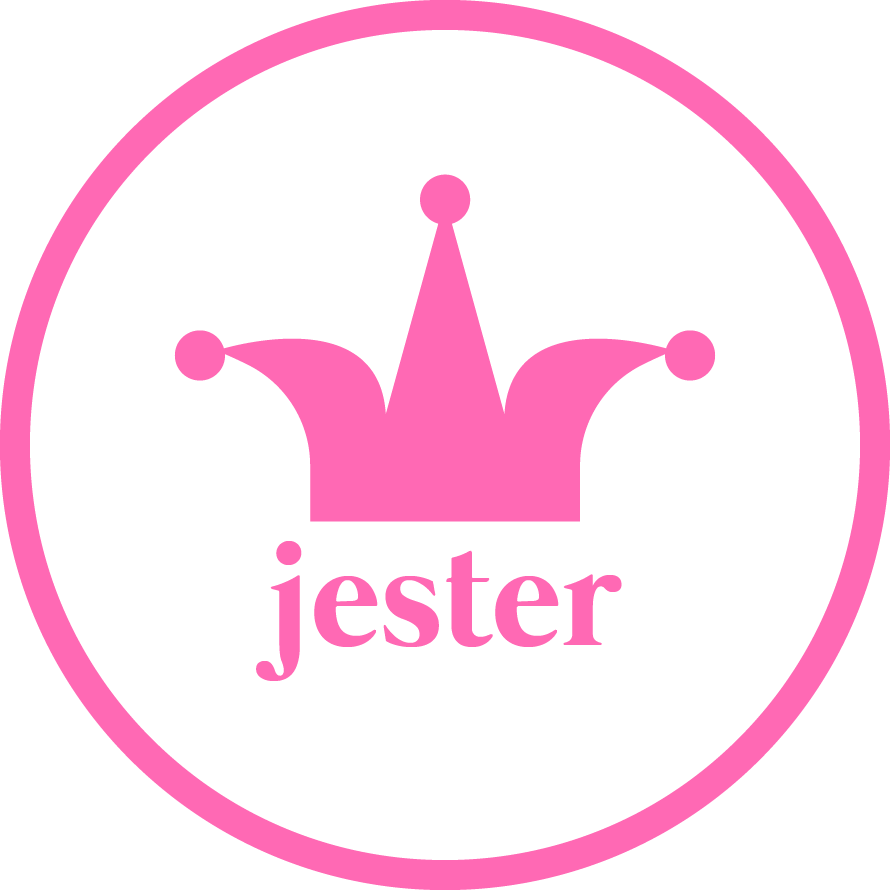Everyone wears masks (of the metaphorical variety–an important clarification post-pandemic)… Right?
Certainly, you wouldn’t act the same around your parents as you would with your significant other in the privacy of your own home. Nor would you display the same personality with an acquaintance at work as you would with a close friend at a party. Across these social situations, you wouldn’t talk the same way, start the same conversations, crack the same jokes, etc. Would you?
Of course not!
But these changes in how we carry ourselves based on our environment and the company we keep aren’t ‘masks.’ They aren’t phony personas, fronts, or facades (though some are less natural than others)–they’re simply facets of our impossibly complex personalities. We are highly intelligent social creatures who understand–from an inextricable mix of nature and nurture–that different social contexts require different behaviour. Different, however, does not mean disingenuous. As a loveable green ogre once put it, “[people] are like onions:” they have layers!
The way you comport yourself at work is your true, “professional” self. At home? That’s your authentic “relaxed and unguarded” self. When you’re with friends? You are your true “informal/social” self.
All these faces are real: collectively, they make up your personality–your personal ‘brand.’ And your professional brand shouldn’t be any less multi-dimensional! Different social contexts–in this case, social media platforms–call for different brand expressions.
For example, Twitter (I don’t think I’ll ever be able to call it X), with its fairly strict character limit and emphasis on replies/retweets, is a great place to start a dialogue. Your posts must concisely convey your brand’s intrigue, curiosity, and passion in a way that prompts community engagement. Polls, questions, calls to action, and thought-provoking statements tend to be very effective on Twitter. Facebook is similar, but you have a much more lenient character limit: so take advantage of that, and don’t be afraid to really tell a story on Facebook (perhaps punctuated by a photo or two, or a video).
Instagram and TikTok, however, are entirely different ball games. If Twitter and Facebook are the (very loose) platform equivalents of your ‘parents’ or ‘significant other,’ then TikTok and Instagram are your opportunities to behave as you would around your friends–or perhaps your rambunctious nephews and nieces. There’s no room for stuffiness or too much formality: your job, above all else, is to be fun and sensational! Lighten up! If you approach these platforms’ audiences with a formal air of professionalism, it’s just not going to work. Pique the scroller’s interest, and pique it fast–or they’re going to move on in seconds. Why? Because they have a million other friends to party with or check out if you’re too much of a bore, a buzzkill–or you’re trying too hard. The newer generations that make up these platforms’ users are extremely sensitive to that sort of thing, and they’ll see right through that ‘cringe’ aunt or uncle who’s trying too hard to be ‘hip.’
In short, just remember: you, as a person, have many faces that resonate with different people in your life–and so should your brand. Be fresh and diverse, but be authentic.
If you want to thrive on social media, the key is to wear faces–not masks.

